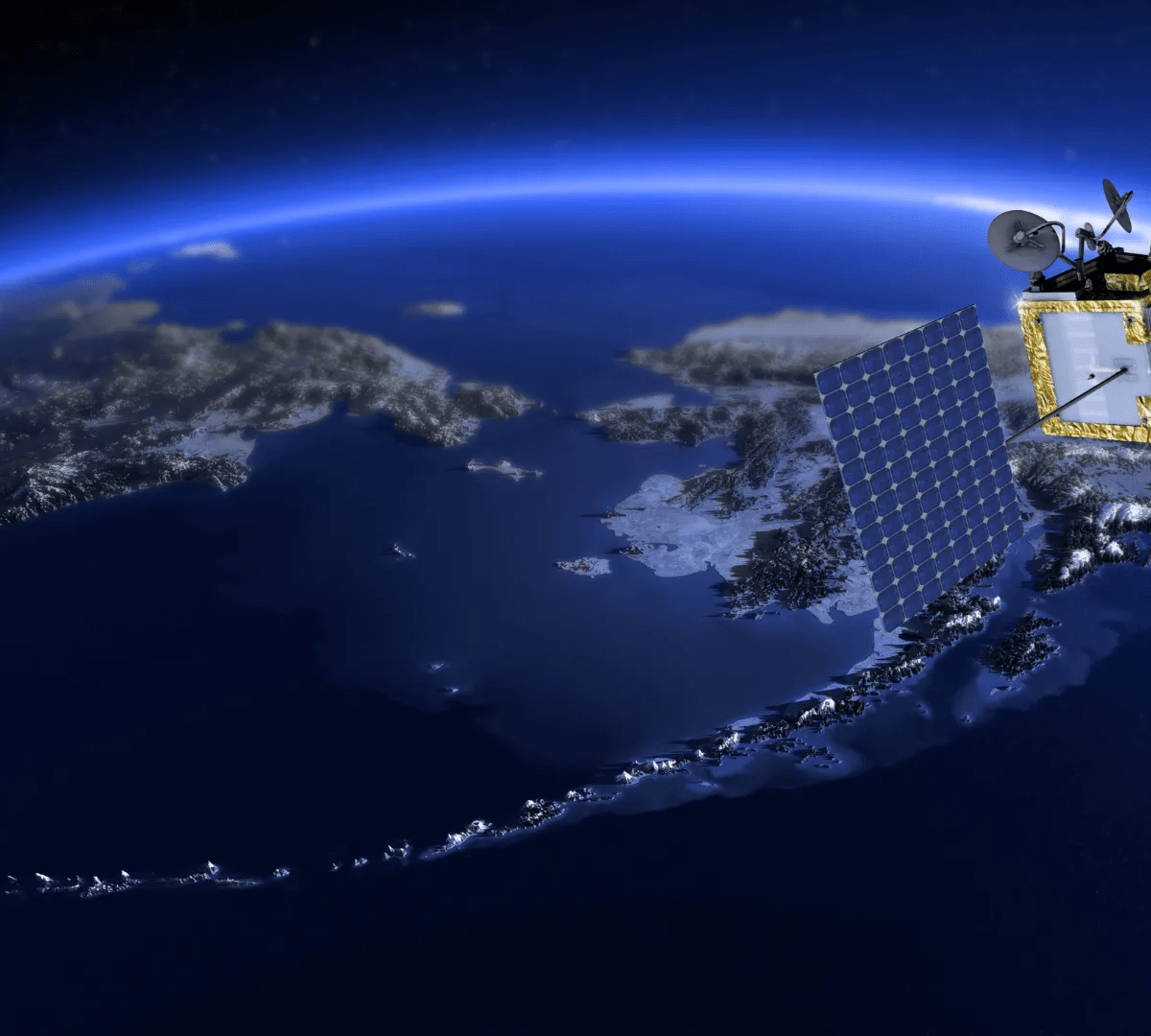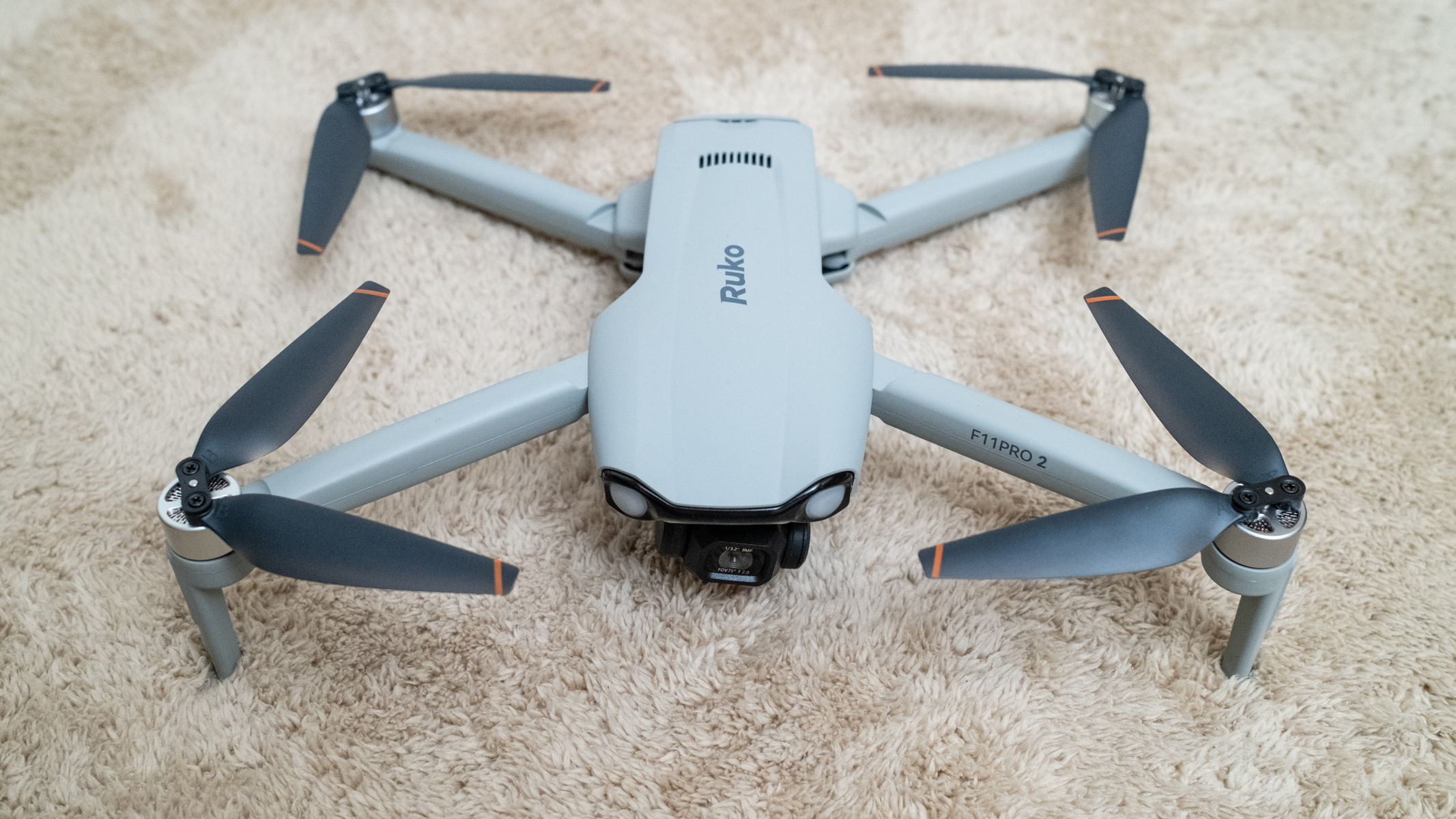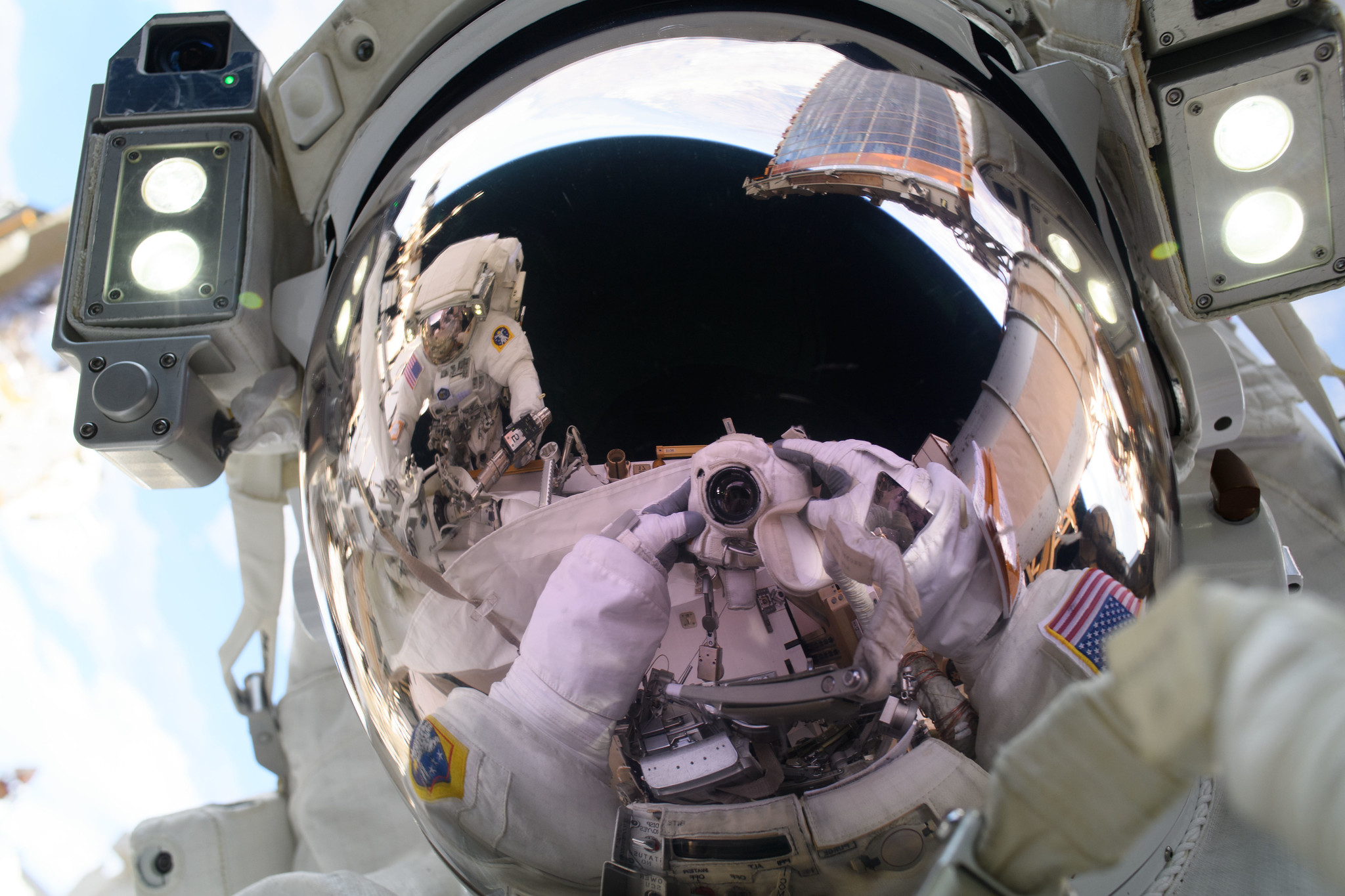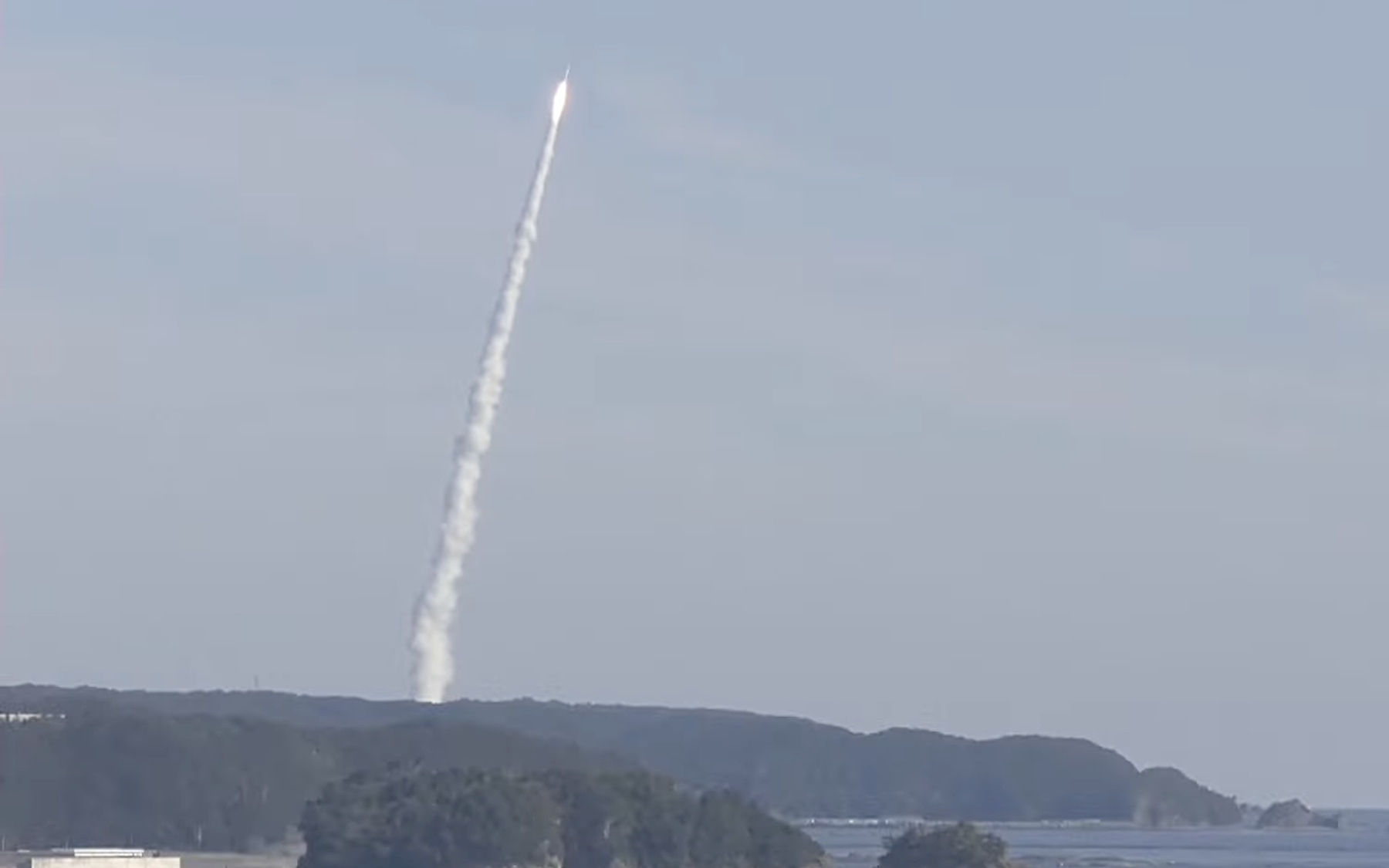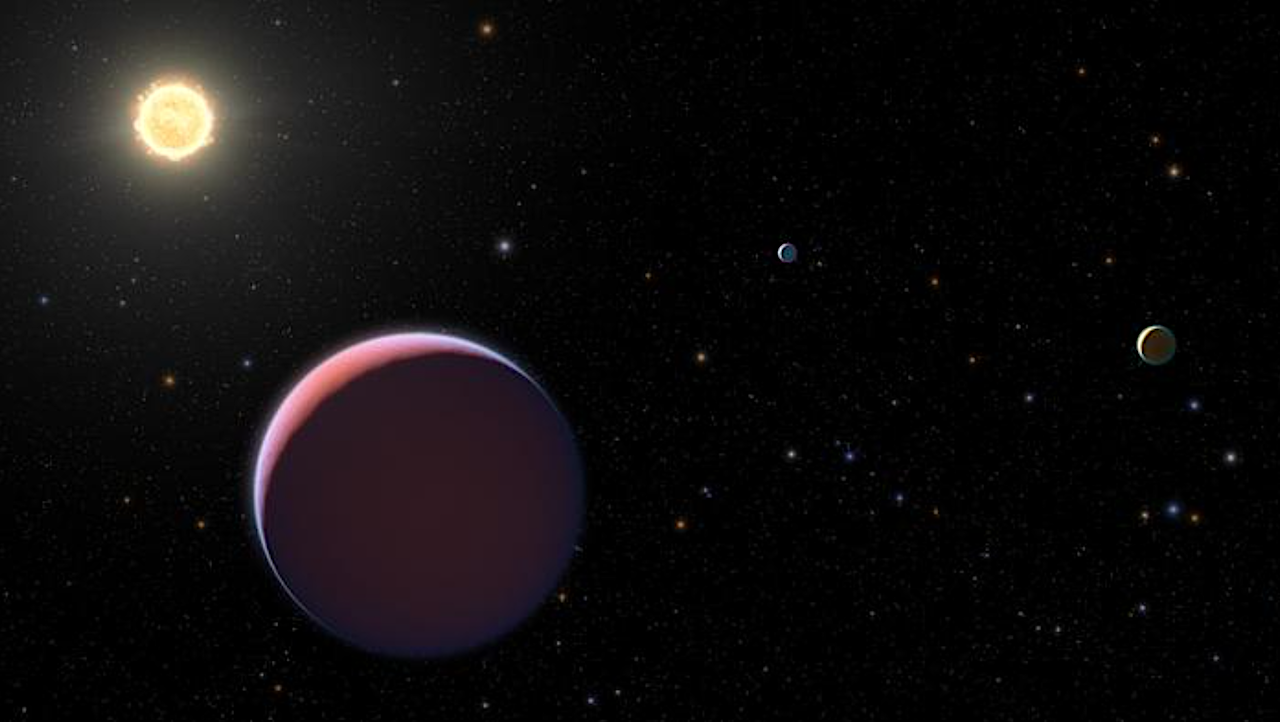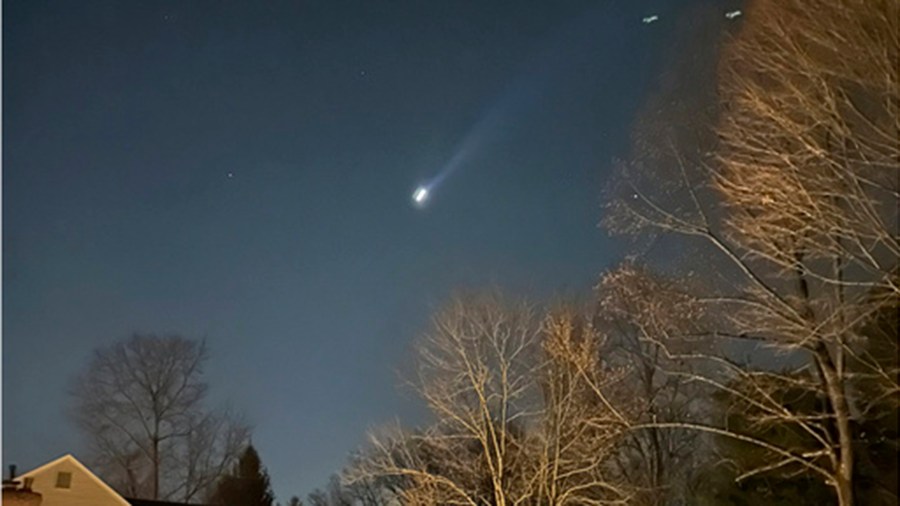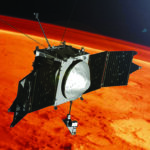TAMPA, Fla. — Eutelsat has ordered 100 broadband satellites from Airbus Defence and Space to start replenishing its OneWeb low Earth orbit (LEO) constellation in a few years. The first batches
Hot Posts21- Page
The next astronaut launch to the International Space Station (ISS) has been delayed again. That liftoff — which will kick off Ax-4, the fourth crewed mission by Houston company Axiom
Agency 12/05/2025 77 views 1 likes The European Space Agency will be present at the 55th edition of International Paris Air Show, taking place on 16-22 June at Le Bourget
Ruko is a drone company that’s constantly developing new beginner drone models to suit a variety of budgets. The launch of the Ruko F11PRO 2 delivers a small and fairly
NASA astronaut Anne McClain points a camera at herself and takes a “space-selfie” during a May 1, 2025, spacewalk outside the International Space Station. Credit: NASA NASA astronaut and Spokane,
AMSTERDAM — The Japanese military has selected companies Space One and Space BD to launch a small satellite. The companies announced May 28 that they won a contract from the
Illustration of the Kepler-51 system and its inner three planets, which have unusually low density. New observations from NASA’s James Webb Space Telescope suggest that at least one more planet
Support teams work around a SpaceX Dragon spacecraft shortly after it landed with NASA astronauts Nick Hague, Suni Williams, Butch Wilmore, and Roscosmos cosmonaut Aleksandr Gorbunov aboard in the water
(NewsNation) — The crux of the federal probe into mysterious drone sightings in recent weeks has centered around the skies over New Jersey and New York, but the flying objects
6 min read Preparations for Next Moonwalk Simulations Underway (and Underwater) In-person participants L-R standing: Dave Francisco, Joanne Kaouk, Dr. Richard Moon, Dr. Tony Alleman, Dr. Sean Hardy, Sarah Childress,
-
 012024 in Review: Highlights from NASA in Silicon Valley
012024 in Review: Highlights from NASA in Silicon Valley -
 02Panasonic Leica Summilux DG 15mm f/1.7 ASPH review
02Panasonic Leica Summilux DG 15mm f/1.7 ASPH review -
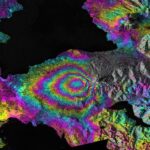 03How New NASA, India Earth Satellite NISAR Will See Earth
03How New NASA, India Earth Satellite NISAR Will See Earth -
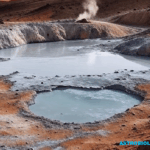 04From Polymerization-Enabled Folding and Assembly to Chemical Evolution: Key Processes for Emergence of Functional Polymers in the Origin of Life
04From Polymerization-Enabled Folding and Assembly to Chemical Evolution: Key Processes for Emergence of Functional Polymers in the Origin of Life -
 05And Thus Begins A New Year For Life On Earth
05And Thus Begins A New Year For Life On Earth -
 06Astronomy Activation Ambassadors: A New Era
06Astronomy Activation Ambassadors: A New Era -
07SpaceX launch surge helps set new global launch record in 2024


